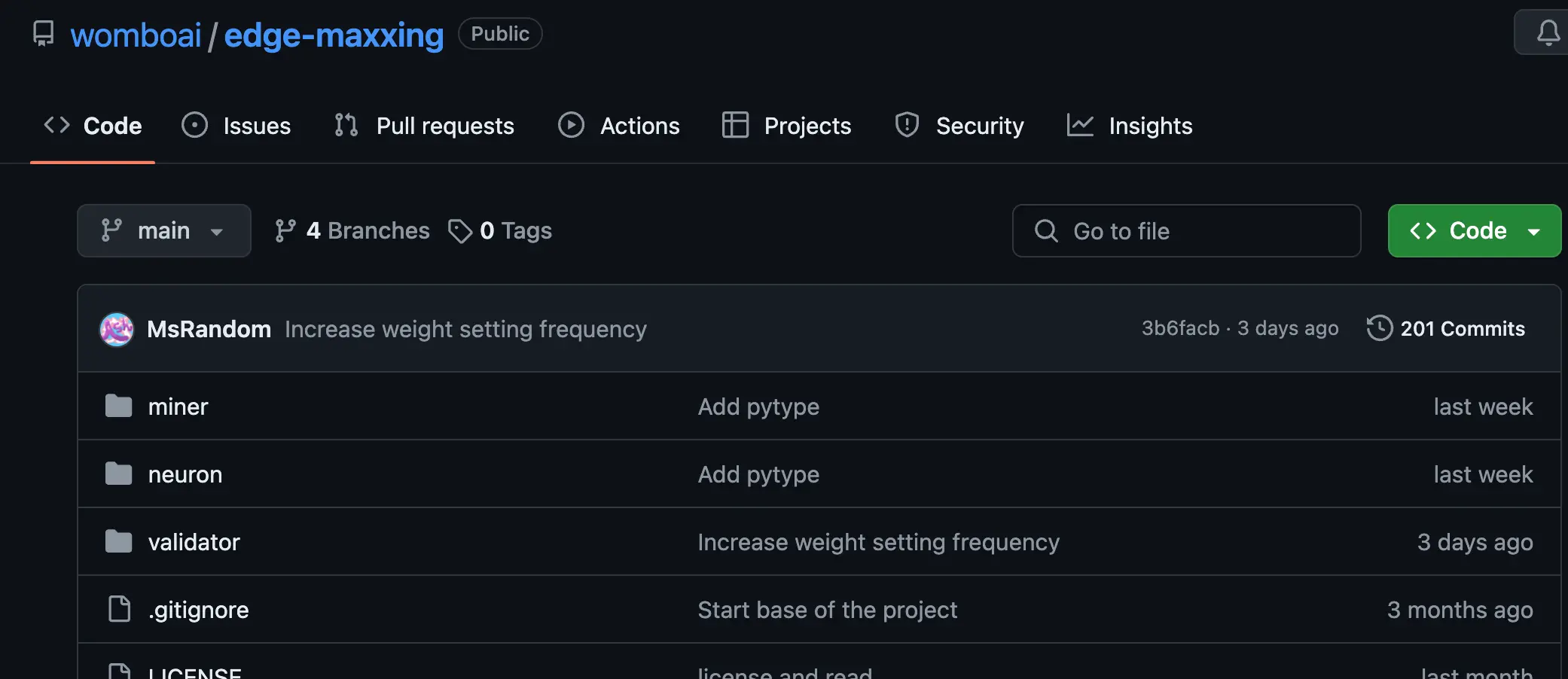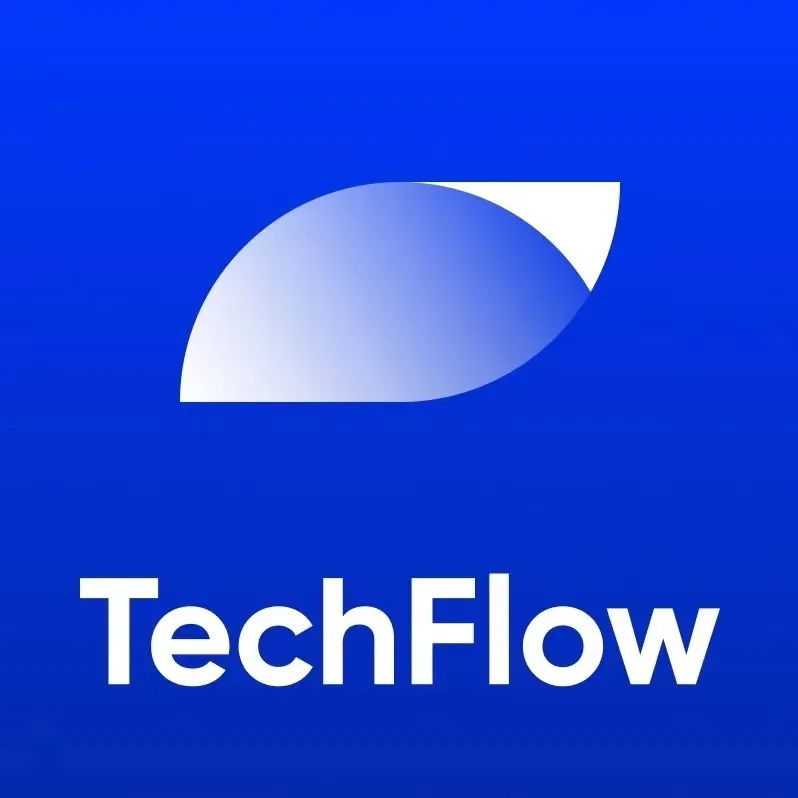TAO's strongest rebound, a summary of 12 useful AI projects in the subnet
Author: Deep Tide TechFlow
The crypto market has been bleeding after this week's "Black Monday," but tokens in different sectors have rebounded a day later.
Among them, the standout is Bittensor (TAO).
According to Coinmarketcap data, Bittensor (TAO) rose 23.08% yesterday, ranking first in the rebound among the top 100 tokens by market capitalization.
Although the AI narrative is not as hot as it was at the beginning of the year, the choice of speculative funds also reflects optimism towards leading projects in the sector.
However, Bittensor has also faced some degree of FUD, with the community believing that the project name is overhyped and that there are no real applications within the subnet.
While the utility of a crypto project is not directly related to the token price, is Bittensor really just an empty shell?
In the past few months, Bittensor has added 12 new subnets, each of which is promoting AI-related development to some extent, and perhaps new Alpha projects will emerge.
We reviewed these new subnets, focusing on the changes in their fundamentals while attention was concentrated on the rebound of TAO prices.

Subnet 38: Sylliba, a text-to-speech translation tool supporting 70+ languages

Development Team: Agent Artificial
Introduction:
Sylliba is a translation application that supports text and speech translation, capable of handling over 70 languages.
Notably, this application can be used by on-chain AI agents:
- Automated translation processes: AI agents can automatically call this service for cross-language information processing and communication.
- Enhanced AI capabilities: Allows AI systems without multilingual capabilities to handle multilingual tasks.
- Translation requests and results can be verified on the blockchain, increasing the system's credibility.
- Incentive mechanism: Through token economics, high-quality translation service providers can be incentivized.
Project Address: https://github.com/agent-artificial/sylliba-subnet
Subnet 34: Bitmind, detecting and distinguishing real content from fake synthesized content

Development Team: @BitMindAI
Introduction:
BitMind focuses on developing decentralized deepfake detection technology. With the rapid development of generative AI models, distinguishing high-quality synthetic media from real content has become increasingly complex.
BitMind's Subnet addresses this issue by deploying powerful detection mechanisms within the Bittensor network, using generative and discriminative AI models to effectively identify deepfakes.
At the same time, the BitMind API enables the development of powerful consumer applications utilizing the subnet's deepfake detection capabilities. The BitMind web application, with an image upload interface, can use the API to help users quickly identify the likelihood that an image is real or fake, providing an accessible and easy-to-understand anti-fraud tool.
Subnet 43: Graphite, a smart path planning network

Development Team: @GraphiteSubnet
Introduction:
Graphite is a subnet specifically designed to handle graph problems, with a particular focus on the Traveling Salesman Problem (TSP). TSP is a classic optimization problem aimed at finding the shortest possible route to visit a set of cities and return to the starting point.
Graphite leverages Bittensor's decentralized machine learning network to efficiently connect miners to handle the computational demands of TSP and similar graph problems.
Currently, validators generate synthetic requests and send them to miners in the network. Miners are responsible for solving TSP using their designed algorithms and sending the results back to validators for evaluation.
Subnet 42: Gen42, an open-source AI coding assistant on GitHub

Development Team: @RizzoValidator, @FrankRizz07
Introduction:
Gen42 utilizes the Bittensor network to provide decentralized code generation services. Their focus is on creating powerful, scalable tools for code-based Q&A and code completion, powered by open-source large language models.
Main Products:
a. Chat application: Provides a chat frontend that allows users to interact with their subnet. The main function of this application is code-based Q&A.
b. Code completion: Offers an OpenAI-compatible API that can be used with continue.dev.
Details on how miners and validators participate can be found in the project GitHub.
Subnet 41: Sportstensor, a sports prediction model

Development Team: @sportstensor
Introduction:
Sportstensor is a project dedicated to developing decentralized sports prediction algorithms, supported by the Bittensor network.
The project provides foundational models on the open-source HuggingFace for miners to train and improve, while also enabling strategic planning and performance analysis based on historical and real-time data, rewarding comprehensive data collection and high-performance prediction model development.
Miner and Validator Functions:
- Miners: Receive requests from validators, access relevant data, and use machine learning models for predictions.
- Validators: Collect miners' predictions, compare them with actual results, and record validation results.
Subnet 29: coldint, niche AI model training

Developer: Not yet discovered, official website here
Introduction:
SN29 coldint, short for Collective Distributed Incentivized Training.
Goal: Focus on pre-training niche models. "Niche models" may refer to those that are not as widely applied as large general models but are highly valuable in specific fields or tasks.
Miner and other roles participation and division of labor:
a) Miners primarily earn incentives by publicly sharing trained models.
b) Secondary incentives are given to miners or other contributors who share insights by contributing to the codebase.
c) Miners are encouraged to regularly share their improved work by rewarding small improvements.
d) Highly reward code contributions that can combine individual training efforts into better composite models.
Subnet 40: Chunking, optimizing datasets for RAG (Retrieval-Augmented Generation) applications
Development Team: @vectorchatai
Token: $CHAT

Introduction:
SN40 Chunking acts like a very smart librarian, specifically breaking down large amounts of information (text, images, sounds, etc.) into smaller chunks. This is done to make it easier for AI to understand and utilize this information. If the bookshelf is well organized, you can find things quickly.
SN40 Chunking is helping AI "organize the bookshelf."
Not just text, SN40 Chunking can also handle various types of information such as images and sounds. It's like an all-purpose librarian, managing not only books but also photo albums, music CDs, etc.
Subnet 39: EdgeMaxxing, optimizing AI models to run on consumer devices

Development Team: @WOMBO
Introduction: SN39 EdgeMaxxing is a subnet focused on optimizing AI models for consumer devices, from smartphones to laptops.
The EdgeMaxxing subnet employs a competitive reward system with daily competitions. The goal is to encourage participants to continuously optimize the performance of AI models on consumer devices.
Participant Roles and Division of Labor:
Miners:
- The main task is to submit optimized AI model checkpoints.
- They use various algorithms and tools to improve model performance.
Validators:
Must run on specified target hardware (e.g., NVIDIA GeForce RTX 4090), collect all models submitted by miners daily, benchmark each submitted model against baseline checkpoints; score based on speed improvements, accuracy maintenance, and overall efficiency gains, and select the best-performing model of the day as the winner.
Project open-source repository: https://github.com/womboai/edge-maxxing
Subnet 30: Bettensor, a decentralized sports prediction market

Development Team: @Bettensor
Introduction:
Bettensor allows sports enthusiasts to predict the outcomes of sports events, creating a blockchain-based decentralized sports prediction market.
Participant Roles:
Miner: Responsible for generating prediction results.
Validator: Validates the accuracy of prediction results.
Data Collector: Collects sports event data from various sources.
Project open-source repository: https://github.com/Bettensor/bettensor (appears to still be under development)
Subnet 06: Infinite Games, a universal prediction market

Development Team: @Playinfgames
Introduction:
Infinite Games develops real-time and predictive tools for prediction markets. The project also arbitrages and aggregates events from platforms like @Polymarket and @azuroprotocol.
Incentive System:
Uses $TAO tokens as an incentive mechanism.
Rewards providers of accurate predictions and valuable information.
Overall, the project encourages user participation in predictions and information provision, forming an active prediction community.
Subnet 37: LLM Fine-tuning, fine-tuning large language models

Development Team: Taoverse & @MacrocosmosAI
Introduction:
This is a subnet focused on fine-tuning large language models (LLMs): rewarding miners for fine-tuning LLMs using a continuous stream of synthetic data from subnet 18 for model evaluation.
Working Mechanism:
- Miners train models and regularly publish them on the Hugging Face platform.
- Validators download models from Hugging Face and continuously evaluate them using synthetic data.
- Evaluation results are recorded on the wandb platform.
- TAO token rewards are allocated to miners and validators based on weights.
Project repository address: https://github.com/macrocosm-os/finetuning
Subnet 21: Any to Any, creating advanced AI multimodal models
Development Team: @omegalabsai

Introduction:
"Any to Any" in this project refers to the capability of a multimodal AI system to transform and understand different types of data or information, such as text to images, images to text, audio to video, and video to text.
The system can not only perform transformations but also understand the relationships between different modalities. For example, it can comprehend the connection between a text description and an image, or between a video and its corresponding audio.
In this subnet, an incentive mechanism is used to encourage AI researchers and developers worldwide to participate in the project. Specifically:
- Contributors can earn token rewards by providing valuable models, data, or computational resources.
- This direct economic incentive makes high-quality AI research and development a sustainable endeavor.
Project repository address: https://github.com/omegalabsinc/omegalabs-anytoany-bittensor
Supplementary Knowledge:
In case some readers are unaware of the significance of Bittensor subnets, a simple explanation can be:
- Subnets are specialized networks within the Bittensor ecosystem,
- Each subnet focuses on specific AI or machine learning tasks.
- Subnets allow developers to create and deploy AI models for specific purposes.
- They incentivize participants to provide computational resources and improve models through cryptoeconomics.










